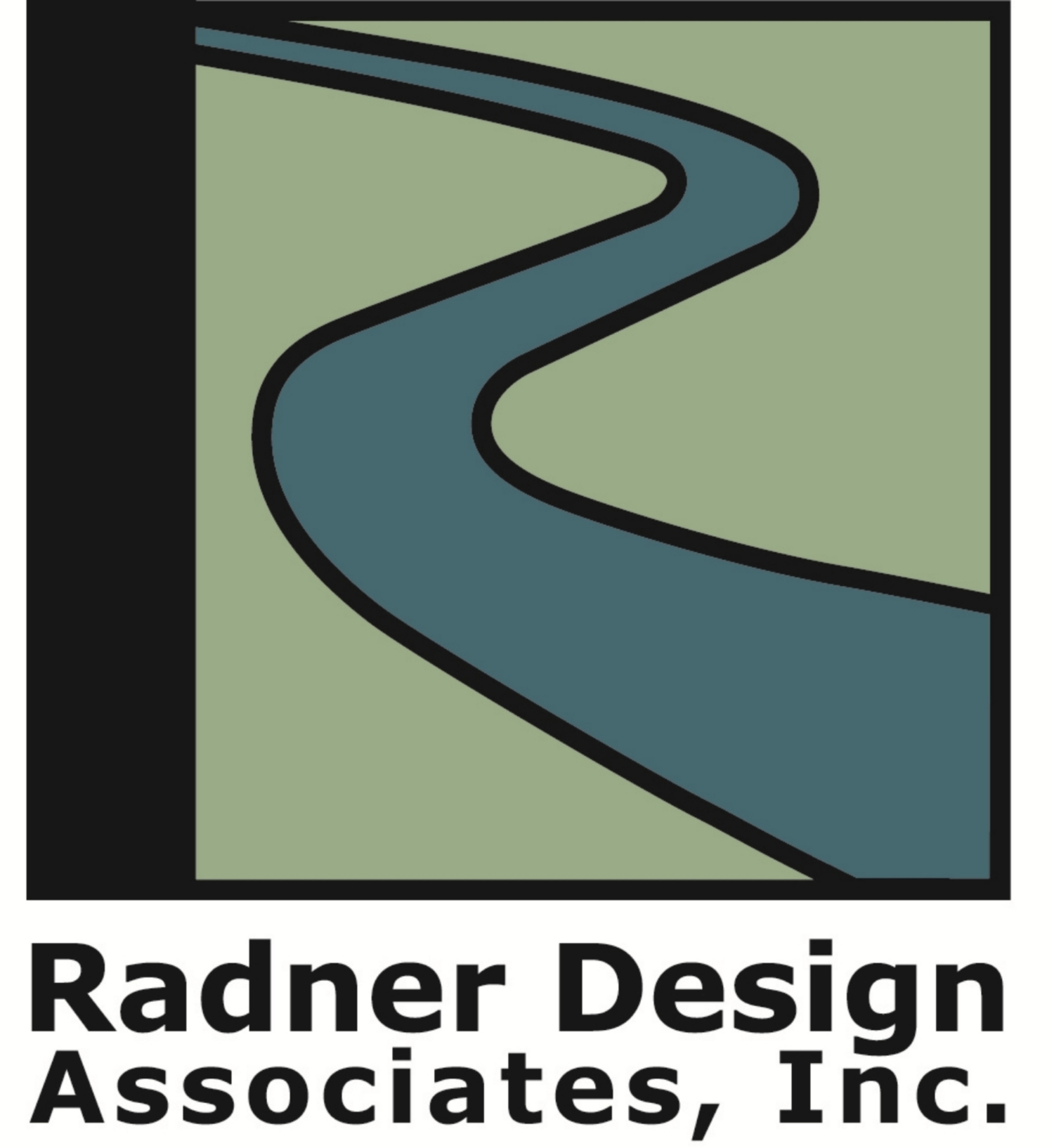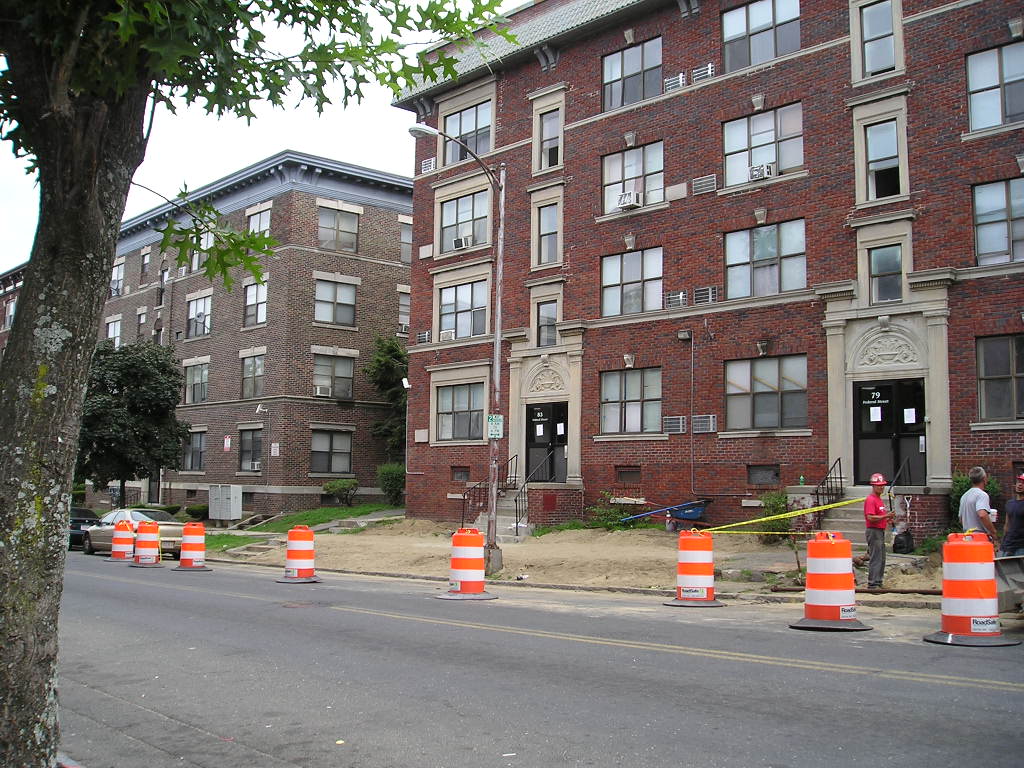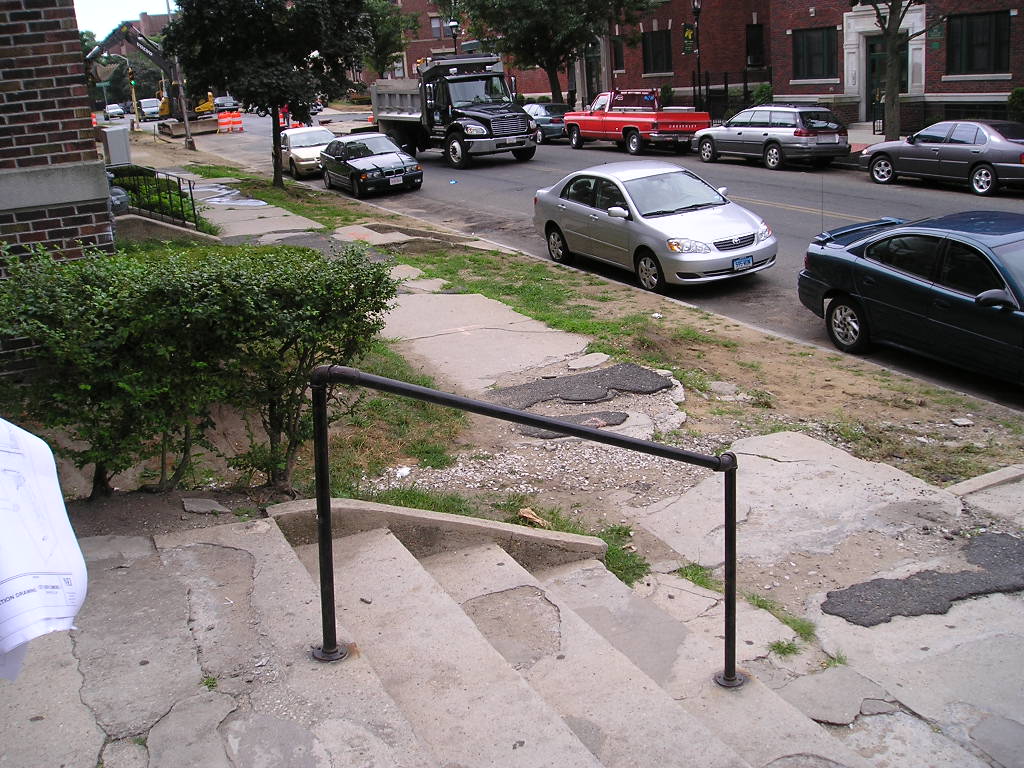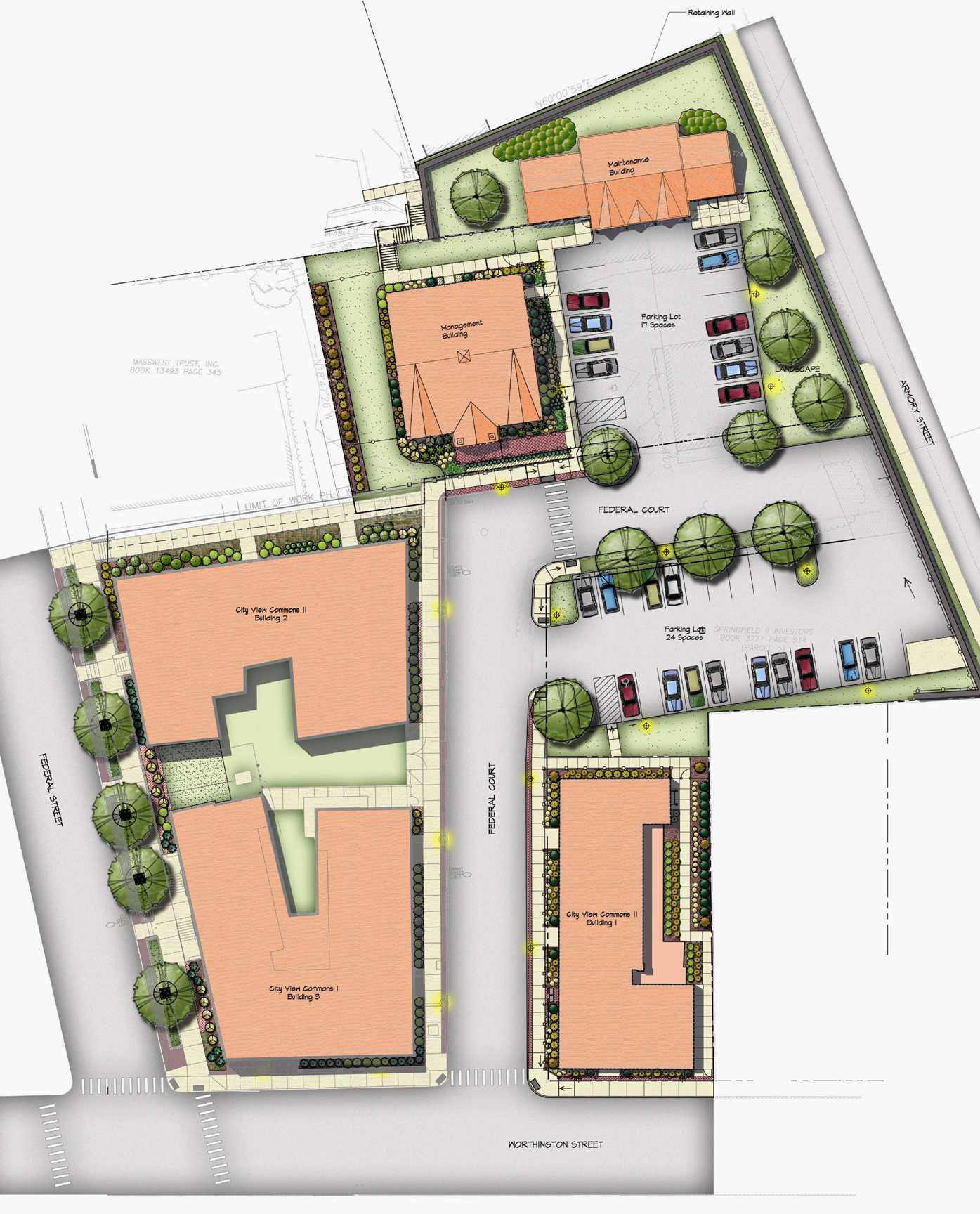For the past year, I have been working on an interesting series of projects in Springfield, MA. Up until then, my only exposure to Springfield had been driving through on I-93, past the Basketball Hall of Fame on my way to Vermont, or whisking through on my way to Six Flags or the Big E. I knew something about the city. Located astride the Connecticut River, it the largest metropolitan area in Western Massachusetts. It was a former major manufacturing center, famously the home of Smith and Wesson and other arms and munitions producers. Basketball was invented there and Dr. Seuss was born there. Aside from those, I was ignorant.
Getting off the highway was eye-opening. My project involved renovation of multiple apartment buildings in the City's eastern neighborhood in proximity to the historic Springfield Armory. Upon first arriving at the scene, I viewed a series of 4 and 5 story brick apartment blocks, built in the early 20th century to house factory workers. If you squint, you would think "hip, urban neighborhood". The buildings are built close to the street line, forming a pleasing, well proportioned streetscape and sense of enclosure. If they were in Boston, these apartments might be in the Fenway or Jamaican Plain and command $2-3k per month in rent. Open your eyes wider and walk around a bit (but not alone, of course), and see a community ravaged by crime, drugs and despair. The decay is stunning. My client is the partnership of a developer and general contractor who buys, renovates, holds and manages these buildings, many of them already condemned by the City.
But now a developer is willing to invest in these neighborhoods. Through mostly government financing but executed by private companies, resources are being brought to the neighborhood. I think it is a terrific example of a public private partnership.
As I explore the area a bit further, I discover Forest Park, an historic neighborhood of fabulous Victorian homes within walking distance of downtown and adjacent to a huge city park. I envision the captains of industry building these homes in the turn of the century, actively engaged in civic activities and supporting the cultural development of the city. The neighborhood was even laid out in part by Frederick Law Olmstead, patron saint of Landscape Architecture.
While some of the neighborhood is still in good condition, many of the houses are boarded up, abandoned and dilapidated. Again, spin me around and drop me here without knowing I was in Springfield, and if I squint, I would swear I was in Chestnut Hill! How does a city go from such prosper to such despair? Obviously the decline in manufacturing has a great deal to do with it, followed by the flight of the middle class to the outer suburbs.
While significant investment has come to the business district of the city, it seems to me that the neighborhoods close in to the downtown have been neglected. Will the ongoing revitalization of downtown bring the middle class back to inner ring communities and foment a renaissance?
The Urban Land Institute got involved in Springfield in 2006. That year they landed in town and had a 5 day Charette to provide a vision and guidance for the City and neighborhoods. The ULI Chief Executive recently gave a talk in which he described opportunities for development in inner ring suburbs. The ULI report from 2006 and the talk given by Mr. Phillips just last month coincide in their call for reinvestment in inner ring neighborhoods. Indeed, these communities are ripe for opportunity. Let’s hope his crystal ball is accurate, as I see incredible potential for the “City of Homes”.



